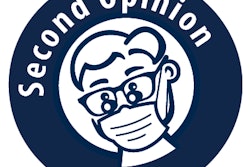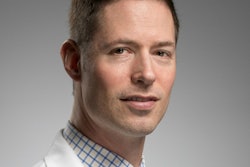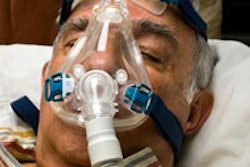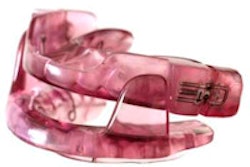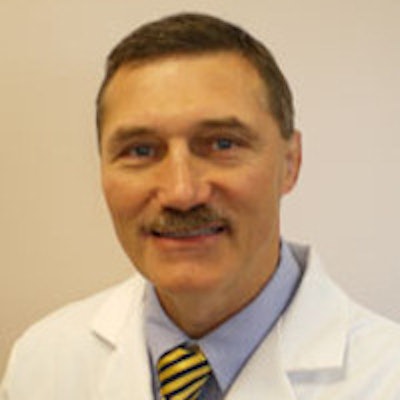
In a few short years, dental sleep medicine (DSM) has become the special focus of my general dental practice. A primary catalyst in the rapid evolution has been the collaborative and concerted effort of my entire staff.
 Michael F. Hnat, DMD.
Michael F. Hnat, DMD.
The most important "ingredients" to the successful and growing DSM practice are well-informed, caring, and enthusiastic staff members in their interaction with the prospective sleep patients along with the medical and sleep-lab personnel. Your sleep patient may be an existing patient in your dental practice, a referred patient, or an inquisitive phone caller. From their initial contact, first-time callers should easily recognize the knowledge and concern of the staff member.
A well-written laminated phone dialog is an ideal reference for the front office staff to guide them through initial sleep patient calls until they develop their own comfort level. The administrative staff should all have a solid understanding of the content of the consultation, examination, and treatment protocol provided by the sleep dentist and clinical assistant. The front office and hygiene staff should be encouraged to listen in and observe these visits to understand those areas of the process, while broadening their knowledge of dental sleep medicine. It is always a good idea for the right hand to know what the left hand is doing.
The role of hygienists in the DSM practice is to identify potential patients with sleep-related breathing concerns when they have the first contact with existing recall patients or new patients in the general practice. Hygienists should be able to recognize, through screening forms (such as Epworth Sleepiness Scale [ESS], STOP-Bang, and Bed Partner), that a patient's responses on the form are concerning and then "plant the seed" to the patient in mentioning that a discussion with the dentist during the examination will be in order.
“From their initial contact, first-time callers should easily recognize the knowledge and concern of the staff member.”
The clinical assistant's role begins with the collection and recording of patient information during the initial sleep examination including vital signs, dental, periodontal, and temporomandibular joint (TMJ) status, and nasal and oropharyngeal airway data. The assistant completes a panoramic radiograph, a TMJ series if warranted, and acoustic imaging of the airways using the rhinometer and pharyngometer without and then with airway metrics.
An explanation is provided to patients on how the data are used to qualify them as a candidate for an oral appliance. The tone of this presentation by the clinical assistant should notably elevate the interest and ownership level of patients with their airway problem and also transition them into the dentist's consultation that confirms oral appliance therapy (OAT) as a treatment option.
Oral appliance therapy begins once written informed consent is obtained and reviewed with the patient. Thereafter, the assistant's work includes taking accurate impressions, appliance insertion and instructions, pharyngometry with the appliance, patient preparation for the home sleep test, and downloading the data while working in collaboration with the sleep dentist in finding the best airway.
At each step of the clinical protocol, the administrative staff is involved with requests for the letter of medical necessity (LMN) and oral appliance prescription, treatment initiation, and completion. Medical insurance coverage verification, authorization, and claims processing are handled concurrent with the appropriate clinical step whether directly or in using a billing service.
Dental sleep medicine is a staff-driven, turnkey system that should be enjoyable, productive, and very rewarding. When the entire staff is on board, the DSM practice runs like a wellÂoiled machine.
Michael F. Hnat, DMD, is in private practice in McMurray, PA, where he focuses on dental sleep medicine as an integral part of his care to patients. His dental sleep medicine facility, Progressive Dental Solutions, was one of the first in the U.S. to be granted full accreditation by the American Academy of Dental Sleep Medicine.
The comments and observations expressed herein do not necessarily reflect the opinions of DrBicuspid.com, nor should they be construed as an endorsement or admonishment of any particular idea, vendor, or organization.




